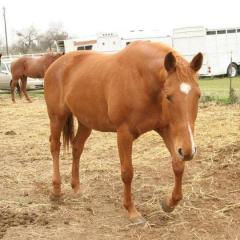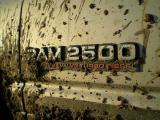For Sale - 2006 Dodge Ram 2500- Flatbed for long box bed Winch bumper Flat Bed for Long Box 3rd generation Cummins Tootlbox are included with key I have a flatbed for 3rd Generation dodge Cummins. This flatbed comes with a gooseneck hitch already in the bed. The winch bumper is part of the set. Tootlbox have a key to lock and unlock all box a single key. There is rust starting and electrical will have to be sorted out on your own.
-
Price: $1,000.00
-
Location: New Meadows, Idaho
 Rogan 3 posts
Rogan 3 posts CUMMINSDIESELPWR 2 posts
CUMMINSDIESELPWR 2 posts

My truck is a 2001 Dodge Ram 2500, Cummins Diesel, 4x4.I am having an issue with truck wanting to steer to the right. Replaced all the front end components (Big $$$) and then had the front-end aligned at a local shop. The tech there told me everything was perfect in the front end, however the rear axle is 1/4" front-to-rear out of alignment and that he is not allowed to do anything to the rear axle because its non-adjustable. He asked me if the truck had been in a wreck (no), and if I had done much pulling (yes). I have pulled sevral trailers cross country with this truck.So I drove the truck home, looked at it real good, I can't see anything wrong or broken. Is it possible the axle has shifted 1/4" by itself from pulling or hitting a pothole or something? Is there a procedure, measurments, etc to go by to fix this problem, or some surefire way to reconize damaged parts that might be causing this issue? I don't really want to start taking stuff apart back there till I'm sure I have an idea what I'm doing.Any help or sugestions appreciated. I'm stumped!